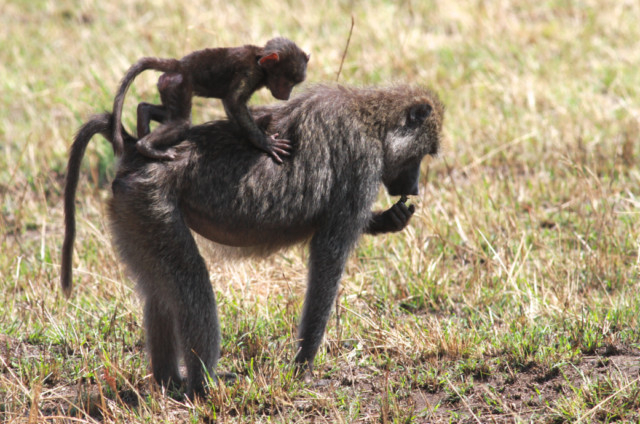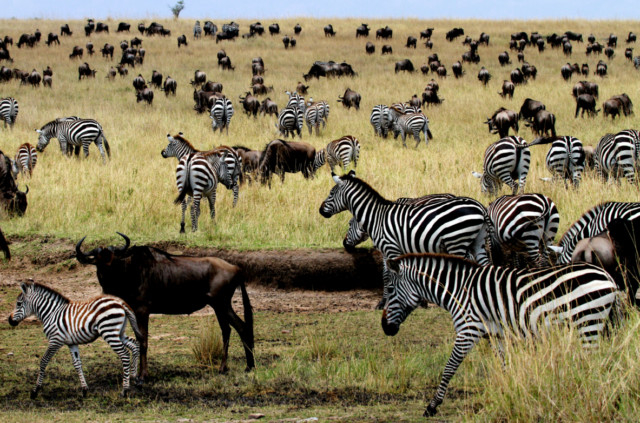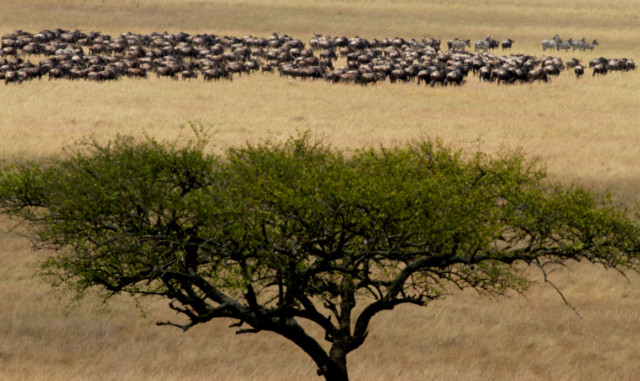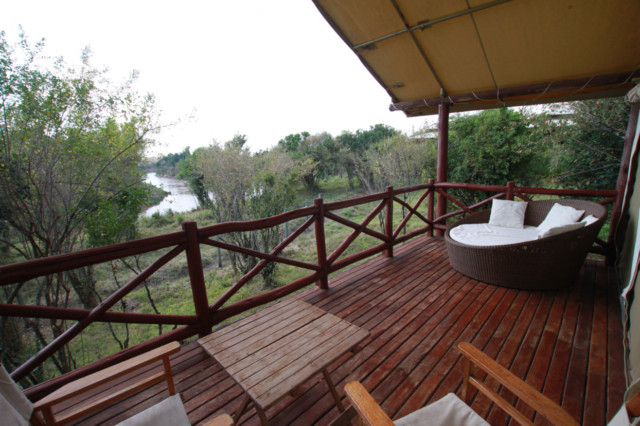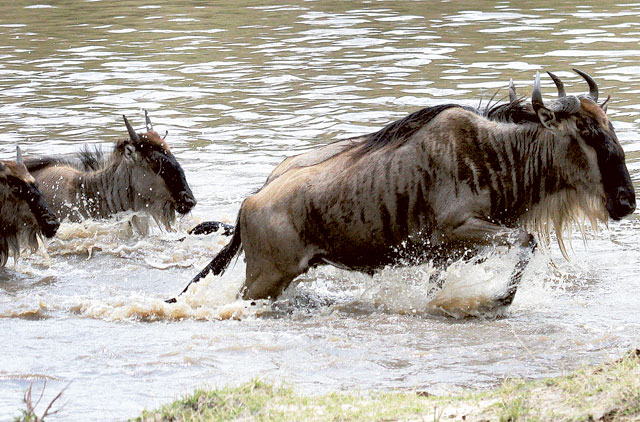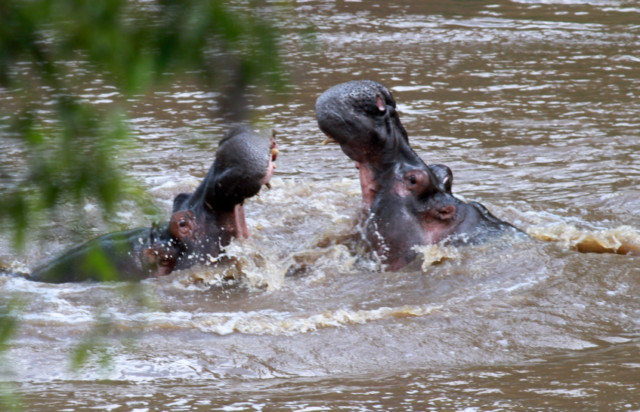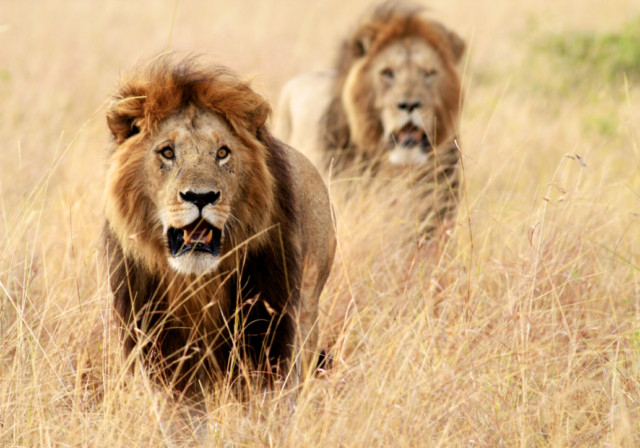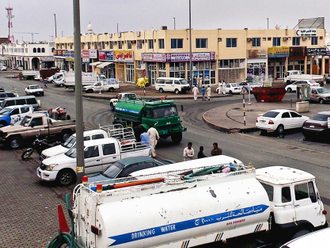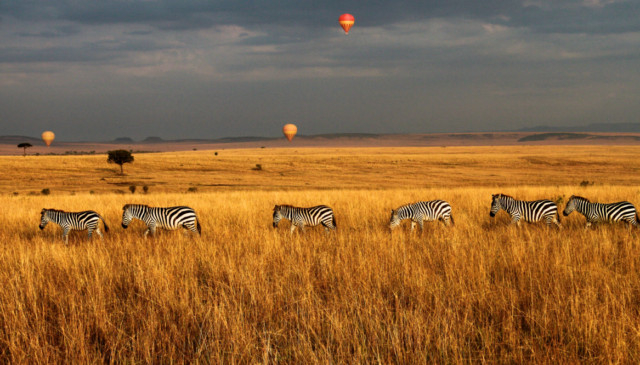
The greatest animal show on earth, the eighth wonder of the world, greatest wildlife spectacle on earth, largest mammal migration … yes, all cliches, but these are the only words I can think of to describe the phenomenon that it is — the migration of about 1.5 million wildebeest (gnu), and hundreds of thousands of zebra and gazelle. This epic never-ending 2,897km journey for fresh food and water spreads over the savannah in the Serengeti, Tanzania and Masai Mara, Kenya.
The most exciting part of this migration is the crossing of the two rivers, Grumeti in Tanzania and Mara in Kenya. From July to September or October, Masai Mara is the place to see the action.
We saw their journey in Tanzania last year so I organised with Ahmad Khan of Wildness Safari to witness it in Masai Mara this August.
Our wonderful journey began just a few feet from the private balcony of our tent at the Ashnil Mara Camp, where we could see hippos fighting for territory and giant Nile crocodiles sunbathing on the banks.
In the thick of action
The migration begins with the wildebeest entering Kenya in July or August. Hence this camp on the edge of Mara — and bang in the middle of the action — is packed at this time of year.
Early in the morning we began the game drive, with the hope of seeing the famous wildebeest river crossing. Until we reached the famous Mara Bridge, our guide-driver Simon had his ears glued to the wireless radio transmitter for any news of crossings. Unfortunately for us, the wildebeest do not follow our calendar. And this year, as luck would have it, they started crossing the Mara river very early — in June. The movement depends on rainfall, which, again, is highly unpredictable.
Obviously, the river crossing is the icing on the cake, but the cake itself — thousands of wildebeest and zebra grazing the savannah and the predators following them — is no less a feast for the eyes. Though difficult to describe the feeling when one is seated inside a vehicle surrounded by wildebeest, the sound, the force and the magnitude will remind you of being in the centre of a Formula One race track.
The Big 5
However, Masai Mara is a year-round destination because of its rich resident wildlife population. You can see the Big 5 — lion, leopard, elephant, buffalo and rhino — any time of the year. And we were witness to some fantastic sightings. Other than the massive herds of wildebeest and zebra, we spotted two black-maned lion brothers gracefully patrolling and marking their territory because a cheetah had trespassed.
Privy to a courtship display
We saw the beautiful courtship dance of a male ostrich, ducking and waving his neck back and forth, his wings flapping, to attract a faraway female, and the female responding by flapping her wings backwards and bending her neck forward. Some intense giraffe-necking, vultures devouring a zebra carcass, hyena, black-backed jackal, a baboon family, were some unforgettable sights.
And that was not all. The bonus was an African thunderstorm and the accompanying dark evening clouds — simply surrealistic.
Any country in Africa is special to me, not only for its wildlife but for the beauty of its magical, wild landscape. And, as always, African hospitality is simply mesmerising.


